Perched dramatically on a 70-meter-high limestone cliff overlooking the Indian Ocean, Pura Luhur Uluwatu is more than just a stunning viewpoint. It is one of Bali’s most sacred temples, a place where religion, nature, and myth blend into a uniquely powerful experience. Revered as one of the island’s six key directional temples, Pura Luhur Uluwatu not only serves as a spiritual guardian but also stands as a cultural icon visited by thousands each year.
Revered as one of the island’s six key directional temples, Pura Luhur Uluwatu not only serves as a spiritual guardian but also stands as a cultural icon
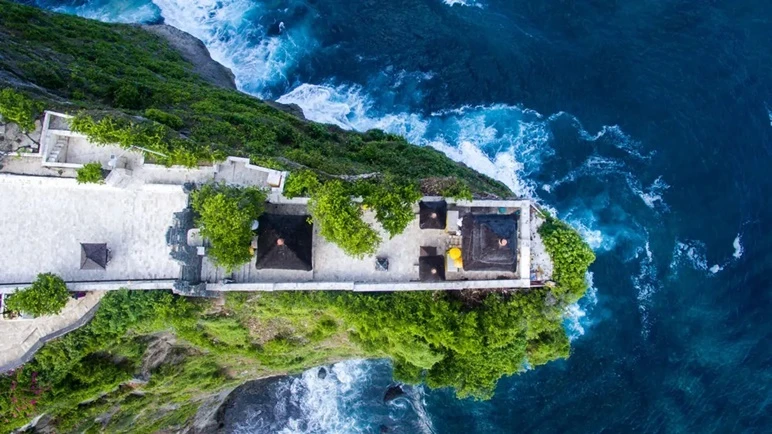
A Temple at the Edge of the World
The name "Uluwatu" is derived from two Balinese words: ulu meaning "land’s end" and watu meaning "rock." True to its name, the temple sits at the far southwestern tip of the Bukit Peninsula, facing the vast expanse of sea. Its location alone is awe-inspiring, but its spiritual energy is what draws pilgrims and travelers alike. Dedicated to Sang Hyang Widhi Wasa in his form as Rudra, the god of the elements and cosmic forces, the temple plays a vital role in maintaining spiritual balance across the island.
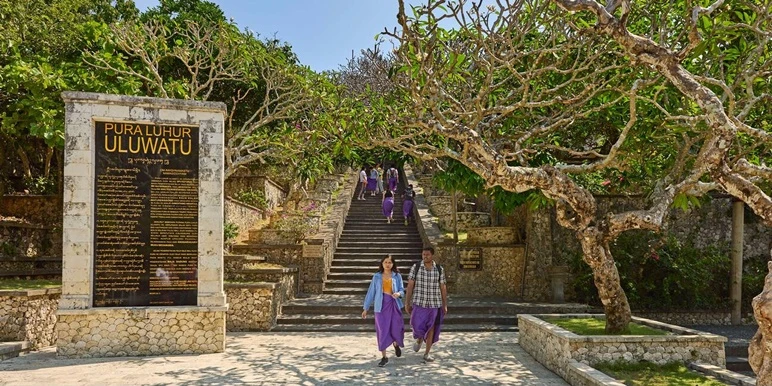
Pura Luhur Uluwatu traces its roots back to the 10th century. It was first established by Mpu Kuturan, a respected sage who helped define Bali’s Hindu practices and temple system. The site was further developed by Dang Hyang Nirartha, a highly venerated priest from Java who is believed to have achieved spiritual enlightenment at the temple. His legacy remains visible in the Padmasana shrines and sacred courtyards built during his time.
A Showcase of Balinese Architecture
The architecture of Pura Luhur Uluwatu is a testament to classic Balinese temple design. Intricate stone carvings, split gates, tiered roofs, and guardian statues all form a harmonious layout aligned with Hindu cosmology. The temple grounds are divided into three distinct sections, each with its own ritual function. Among the temple’s most striking features are the twin stone figures flanking the main entrance and the lush trees that cast protective shade across the courtyards.
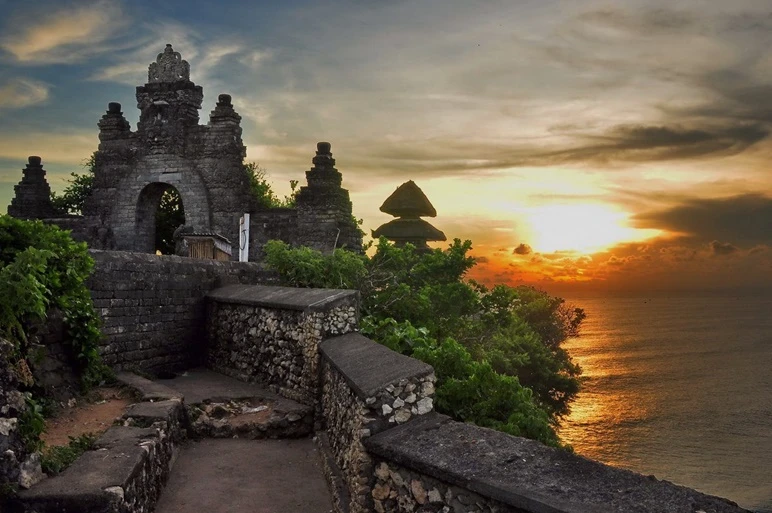
Monkeys roam freely across the complex and, while playful, are known for their cunning. Local tradition holds that these monkeys guard the temple from negative influences. In reality, it’s best to keep your sunglasses and phones tucked safely away.
The Kecak Dance Experience
What makes Uluwatu even more captivating is the daily performance of the Kecak fire dance held just steps from the temple. As the sun begins its descent, up to 75 bare-chested men chant "chak chak chak" in hypnotic unison while telling the story of the Ramayana. The amphitheater is open-air and faces the sea, making the show an unforgettable spectacle as fire, music, myth, and sunset color the horizon.
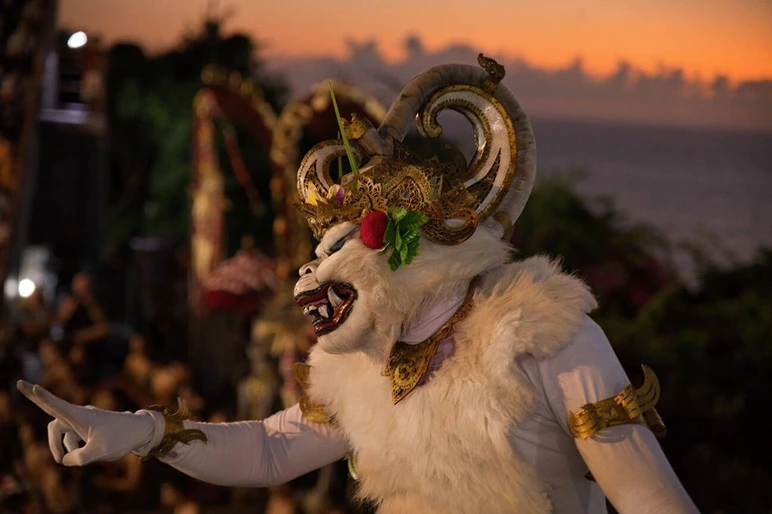
Practical Tips for Visiting
The temple is open daily from 7 a.m. to 6 p.m., but cultural ceremonies can shift access times. Visitors should arrive in the late afternoon to explore the grounds and secure a seat for the Kecak performance which begins at 6 p.m. Entrance tickets include a sarong and sash, which are required for entry to honor temple customs. While guides are not mandatory, having one adds rich context to the experience.
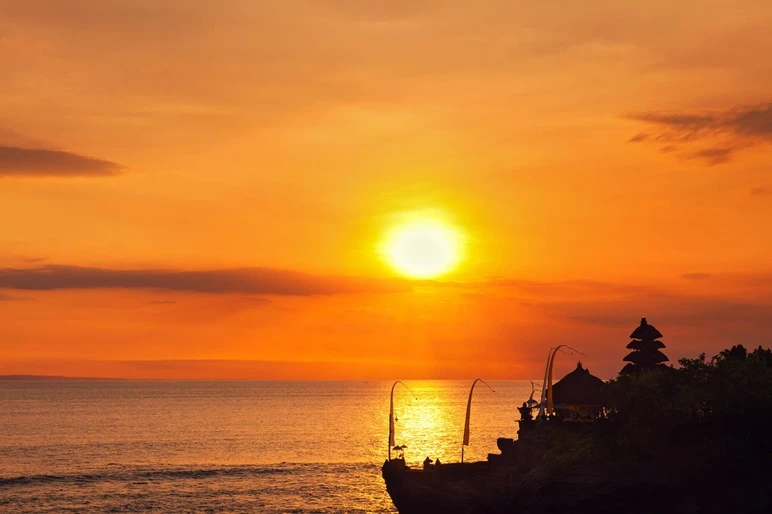
Pura Luhur Uluwatu is not just another temple stop on your Bali itinerary. It is a cultural touchstone, a sanctuary of spiritual energy, and one of the most photogenic locations on the island. Whether you come for the myth, the view, or the dance, Uluwatu offers an experience that lingers long after the sun dips below the horizon.



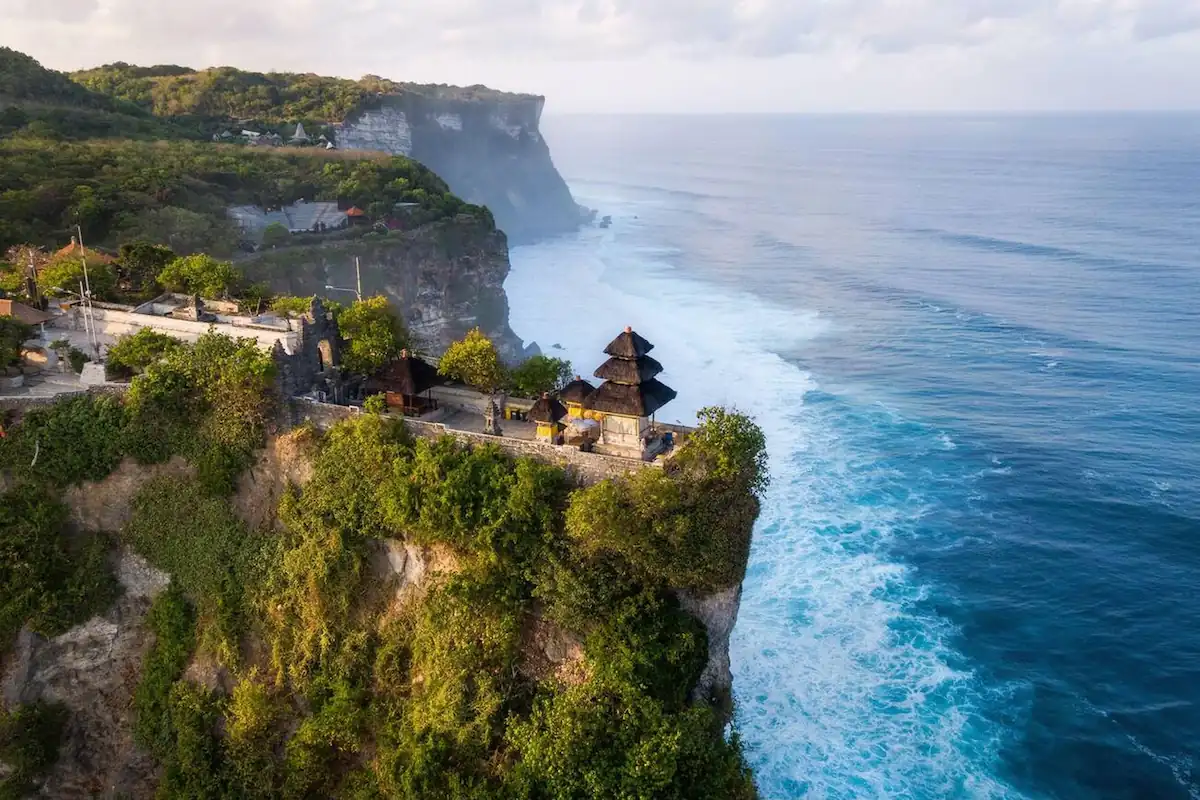
 Billy Bagus
Billy Bagus
 Aug 06, 2025
Aug 06, 2025






